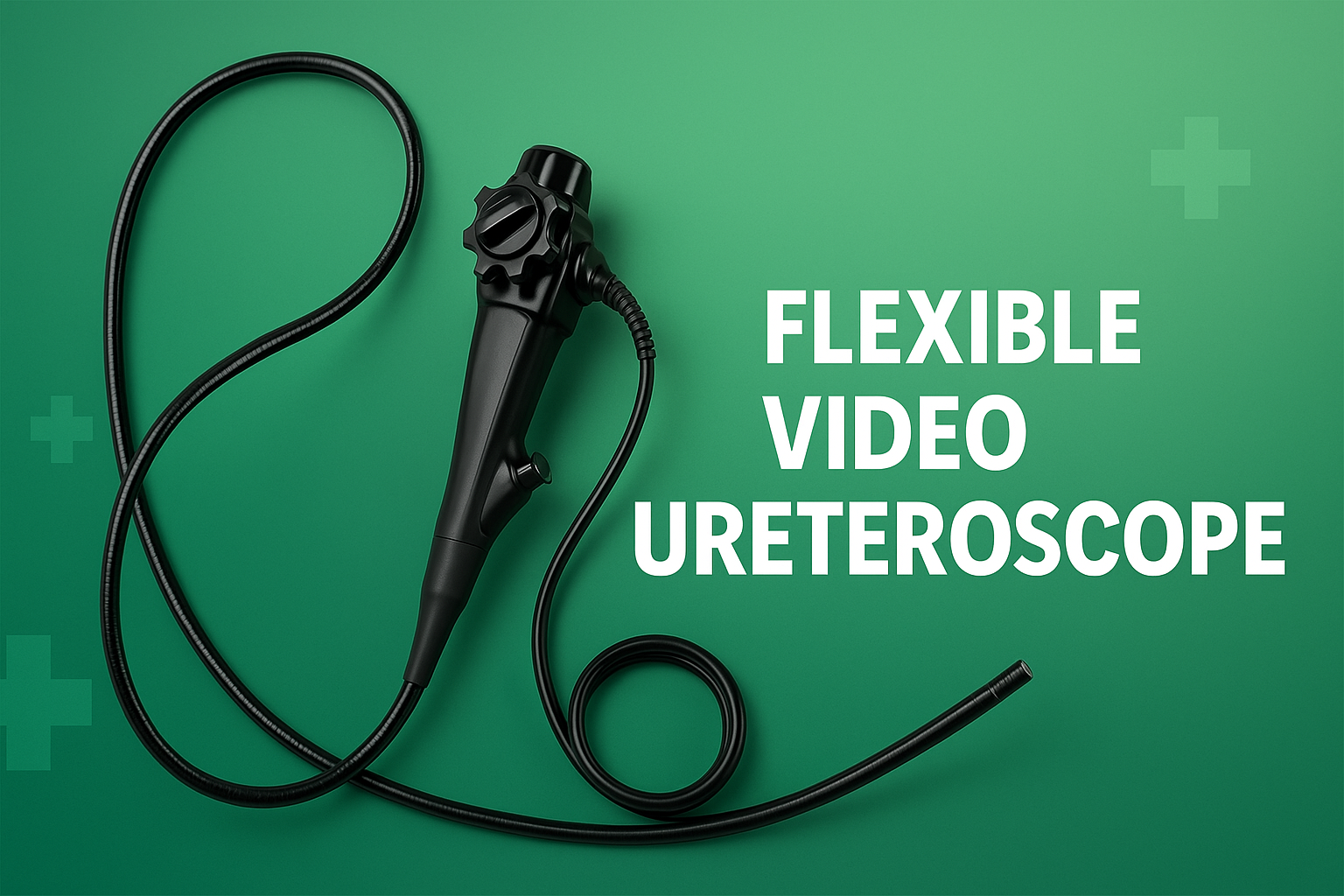Understanding the Flexible Video Ureteroscope: A Game-Changer in Urological Endoscopy
In the ever-evolving field of urology, technological advancements have significantly improved diagnostic and therapeutic procedures. One of the most noteworthy innovations in recent years is the Flexible Video Ureteroscope This cutting-edge tool has transformed the way urologists approach the diagnosis and treatment of upper urinary tract conditions, offering precision, flexibility, and superior visualization that were once thought to be unattainable.
What is a Flexible Video Ureteroscope?
A Flexible Video Ureteroscope is a slender, tube-like medical device designed to navigate through the urethra, bladder, and up into the ureter and renal pelvis. Unlike its rigid counterparts, this device offers enhanced flexibility and maneuverability, allowing clinicians to access hard-to-reach areas of the urinary tract with ease. Equipped with high-definition video imaging capabilities, the device transmits real-time visuals to a monitor, giving surgeons a clear and magnified view of the anatomy during procedures.
This advanced visualization system is particularly useful in procedures like diagnosing ureteral strictures, removing kidney stones, and evaluating tumors in the upper urinary tract. Its ability to deliver detailed images of the renal collecting system has made it indispensable in modern urology.
Components and Design
The Flexible Video Ureteroscope is designed with several components that enhance its functionality:
-
Video Camera: A miniature high-definition camera is integrated into the distal tip of the ureteroscope. This camera captures clear images of the urinary tract in real time.
-
Light Source: LED or fiber-optic lighting is built into the device to illuminate the area being examined.
-
Articulating Tip: One of the hallmark features of this ureteroscope is its highly maneuverable distal tip, which can deflect in multiple directions. This articulation is crucial for navigating the complex anatomy of the kidney.
-
Working Channel: The ureteroscope has a working channel through which instruments like laser fibers, baskets, and biopsy tools can be passed during procedures.
-
Irrigation System: Continuous irrigation helps maintain a clear field of vision and assists in the removal of debris during procedures.
Advantages Over Traditional Ureteroscopes
The shift from rigid to flexible ureteroscopes marks a significant leap in endoscopic urology. Here are some key advantages:
-
Enhanced Visualization: The video capabilities allow for high-definition, real-time imaging that improves the accuracy of diagnosis and precision of treatment.
-
Improved Access: The flexible design enables easier access to the renal pelvis and upper calyces, which are difficult to reach with rigid scopes.
-
Patient Comfort: Because of their flexible and slim design, these ureteroscopes are generally more comfortable for the patient and reduce the risk of trauma to the ureter.
-
Minimally Invasive: Procedures performed with a flexible video ureteroscope are less invasive, often resulting in faster recovery times and fewer complications.
Clinical Applications
The Flexible Video Ureteroscope plays a pivotal role in the management of various urological conditions, such as:
-
Kidney Stone Removal: One of the most common uses of this device is in the treatment of renal calculi (kidney stones). It allows urologists to locate and remove stones or fragment them using laser lithotripsy.
-
Ureteral Strictures: Narrowing of the ureter can be evaluated and treated using this scope, often avoiding the need for open surgery.
-
Tumor Biopsies: When tumors are suspected in the upper urinary tract, the device provides a means to visualize and biopsy suspicious lesions for histological examination.
-
Congenital Anomalies: Structural abnormalities in the urinary tract can be identified early and managed effectively.
Technological Innovations
Modern flexible video ureteroscopes incorporate several cutting-edge features:
-
Digital Imaging: Unlike fiber-optic scopes, digital ureteroscopes offer better resolution and brightness.
-
Single-Use Scopes: To address concerns about sterilization and cross-contamination, manufacturers now offer single-use flexible video ureteroscopes that maintain high performance without the need for reprocessing.
-
Integrated Sensors: Some models include pressure and temperature sensors to monitor the environment within the urinary tract during procedures.
Challenges and Considerations
Despite its many benefits, there are some challenges associated with the use of a flexible video ureteroscope:
-
Cost: These devices are relatively expensive, especially digital and single-use versions. The cost can be a barrier in low-resource settings.
-
Durability: Reusable scopes can be delicate and prone to damage over time, especially with frequent articulation and sterilization cycles.
-
Learning Curve: Operating a flexible ureteroscope requires skill and practice. Surgeons must undergo specialized training to use the equipment effectively and safely.
Maintenance and Sterilization
Proper care and handling of the ureteroscope are critical to prolonging its lifespan and ensuring patient safety. After each use, reusable scopes must be meticulously cleaned and sterilized according to manufacturer guidelines. This includes:
-
Rinsing with enzymatic cleaners
-
Flushing the working channel
-
Visual inspection for damage
-
Sterilization using approved methods such as hydrogen peroxide gas plasma or ethylene oxide
Future Prospects
The future of flexible video ureteroscopy looks promising. As technology continues to evolve, we can expect to see:
-
Smaller, More Versatile Scopes: Continued miniaturization will allow access to even smaller areas with less trauma.
-
Integration with AI: Artificial intelligence may assist in image interpretation, identifying anomalies in real time.
-
Augmented Reality: Surgeons could benefit from overlays and enhanced guidance during procedures.
With such innovations on the horizon, the Flexible Video Ureteroscope will likely remain a cornerstone of modern urologic practice for years to come.
Conclusion
The Flexible Video Ureteroscope represents a significant advancement in the field of urology. Its ability to provide detailed imaging, reach previously inaccessible areas, and facilitate a variety of therapeutic interventions makes it an invaluable tool for clinicians. As the demand for minimally invasive procedures continues to grow, the role of this device in improving patient outcomes and procedural efficiency becomes even more critical. Whether diagnosing a complex condition or performing precision surgery, the flexible video ureteroscope stands at the forefront of urological innovation.







